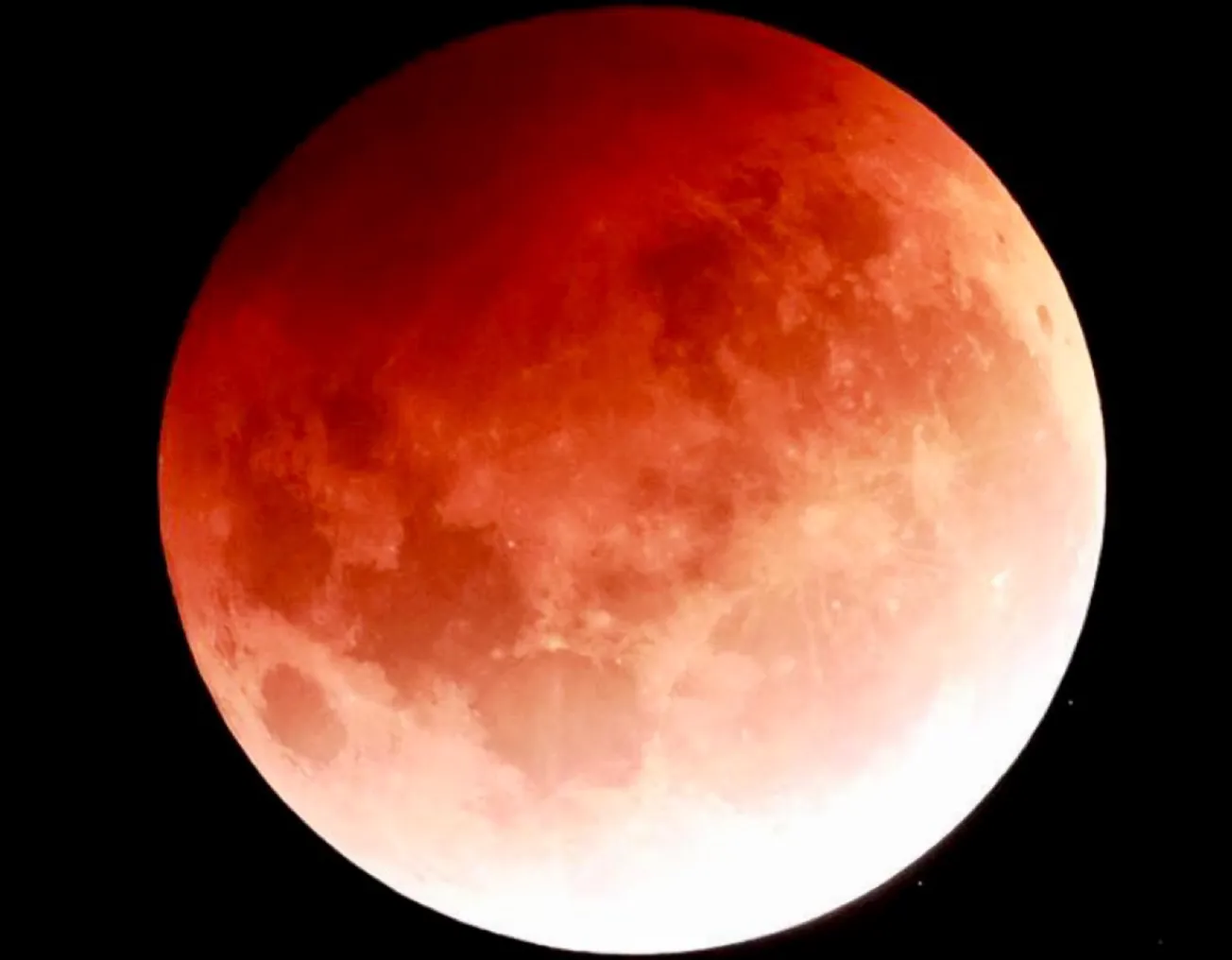These are busy times for the Moon. Not since the Space Race has there been so much activity on and around Earth’s satellite. More interestingly, the new flurry of space activity is putting the Cold War paradigm of USA/Russia to bed: recent Moon probes have been sent by China, India, Japan, and Israel.
But even the paradigm of space exploration as the preserve of national governments is old news. The biggest development in space exploration since Sputnik is the entry of private enterprise.
Private space companies like SpaceX and Blue Origin are re-writing the books on space exploration — and, more importantly, slashing costs. SpaceX have reduced the cost of getting a payload into space from $10,000 per kilogram, where it had been stuck since the 1960s, to just $2,000 — and falling. NASA is still trying to develop a new heavy lift vehicle, at a cost of tens of billions — SpaceX has done it in six years, for less than a billion. And the rocket is three-fourths reusable.
Now, that heavy lift vehicle is the workhorse for the first private mission to the Moon.
A private US spaceship was bound for the Moon on Thursday, where it will attempt to land near the south pole and carry out experiments that pave the way for the return of American astronauts later this decade.
Intuitive Machines, the Houston-based company leading mission “IM-1,” hopes to become the first non-government entity to achieve a soft touchdown on our celestial companion, and to land the first US robot on the surface since the Apollo missions more than five decades ago.
A previous attempt by another US company last month ended in failure, raising the stakes to get it right this time and demonstrate the strength of American industry.
The private mission is pioneering in more ways than one.
Intuitive Machines’ hexagonal-shaped Nova-C lander named “Odysseus” […] which carries a powerful new type of engine based on supercooled liquid methane and oxygen should reach its landing site, Malapert A, on February 22, an impact crater 300 kilometers (180 miles) from the south pole.
NASA hopes to eventually build a long-term presence and harvest ice there for both drinking water and rocket fuel under Artemis, its flagship Moon-to-Mars program.
Which is where Nova-C comes in. The probe is designed to gather more data on environmental risks for astronauts on the Moon.
Instruments include cameras to investigate how the lunar surface changes as a result of engine plume kicking up dust and a device to analyze the charged dust haze that appears during lunar twilight as a result of solar radiation.
Odysseus also carries an advanced landing system that uses laser pulses to detect hazards like small boulders and craters.
There is more colorful cargo aboard as well, including a digital archive of human knowledge and 125 mini-sculptures of the Moon by the artist Jeff Koons.
This is just the beginning of private enterprise in space.
IM-1 is the second mission under a NASA initiative called Commercial Lunar Payload Services (CLPS), which the space agency created to delegate cargo services to the private sector to achieve savings and to stimulate a wider lunar economy. Four more CLPS launches are expected this year.
The Times of Malta
Now all we need is for someone to finally solve the engineering issues of a space elevator, and we’ll really be rockin’.









